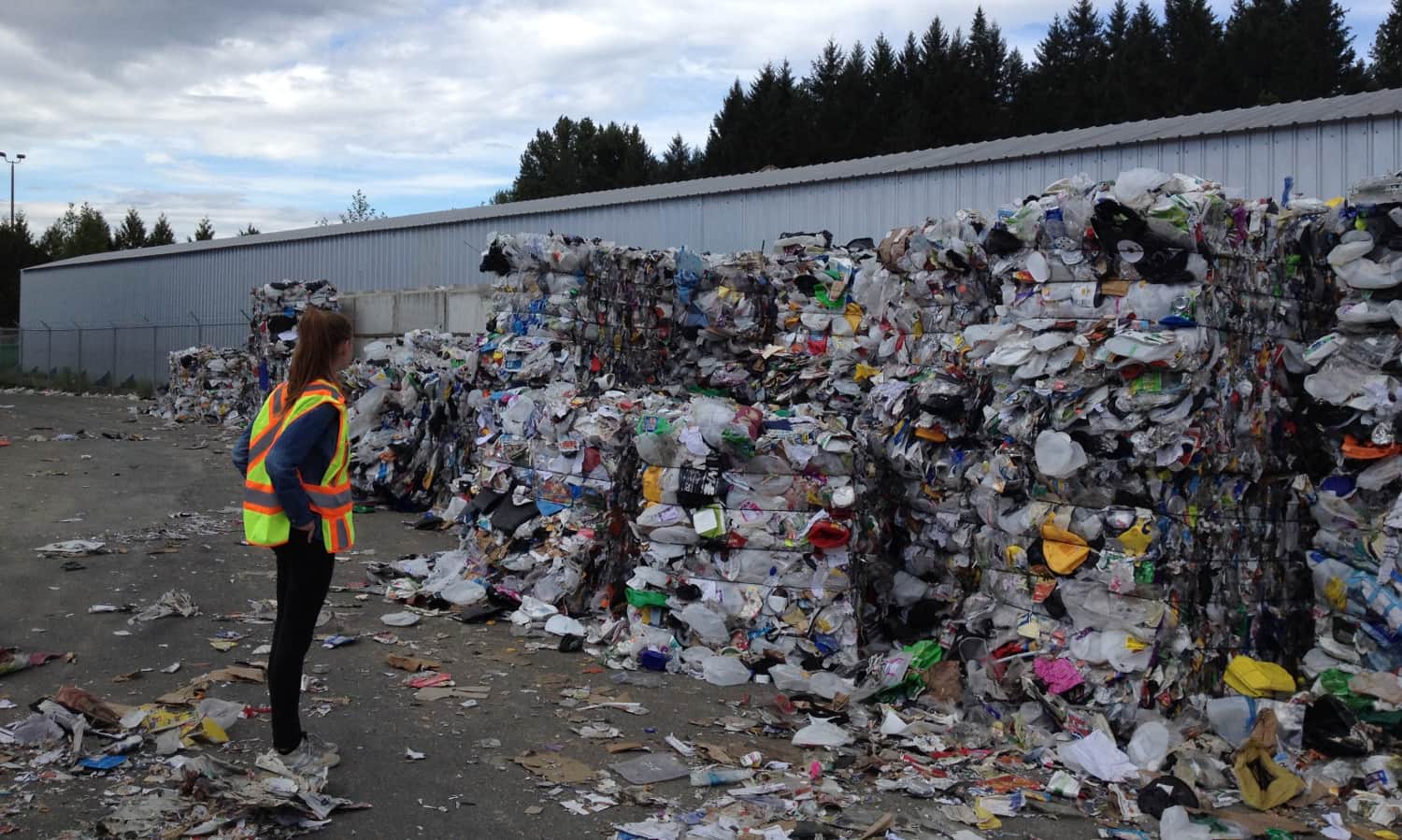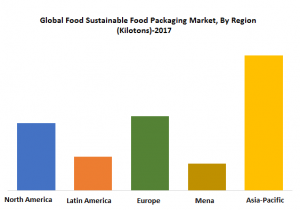Global Sustainable Food Packaging Market- 2019
The Food Packaging industry is on the verge of a revolution. As the world is moving towards sustainability, novel bio-based and biodegradable packaging materials are expected to create a profitable future in the food packaging industry. In 2017, nearly 1.19 billion tonnes (60% of total production) of bioplastics produced was used for packaging products, about 50% of which was for packaging F&B products. Increasing pressure from climate change activists and consumers is forcing governments and companies alike, to come up with innovative packaging and recycling strategies for a sustainable future. The past few years have seen a multitude of F&B companies committing to sustainability goals and programs. The coming decade will see the realization of these goals and their impact on how products are consumed and how packaging waste is handled. Furthermore, the bioplastics industry is in the initial phase of growth. Although newly constructed plants are still less, the number seems to be increasing at a huge rate in the coming decades.
According to a study conducted by Ingenious e-Brain; the market growth of sustainable food packaging is rapidly increasing with the market estimated to grow from USD X.XX billion in 2018 to USD XX billion by 2025, at a CAGR of XX%. This is due to the growing consumer preference towards eco-friendly materials and growing innovative technologies to produce bio-plastics. Furthermore, the increased consumption and demand for packaged food and the need for sophisticated packaging for the growing middle class are adding up to the growth of the sustainable food packaging market.
This report provides an in-depth analysis of the global sustainable food packaging market with a key focus on sustainable packaging materials used in various applications for different types of packaging including bottles, jars, cartons, cans, drums, caps, barrels, films & sheets. The report segments the market on the basis of material types (Paper & paperboard, Plastic, Glass, Metal, and Others); On the basis of layer (Primary, Secondary, Tertiary); On the basis of Process (Recycled, Reusable, Degradable); On the basis of Application (Bakery, Confectionary, Beverages, Convenience Food, Dairy Products, Fruits & Vegetables, and others). Furthermore, this report provides an depth analysis of these segments on the basis of regions and their key countries (North America, Asia-Pacific, Europe, MENA, Latin America).
The report provides the market size of all the segments in terms of Value (US$ Billion), Volume (kilotons (KT)) and Cumulative Annual Growth Rate (CAGR) (%) for the forecast period (2018 – 2025), considering 2017 as the actual year and 2016 as Historical Year.
This study also provides key insights about market drivers, restraints, opportunities, challenges, burning issues, and key industry trends including value chain, Porter’s five forces, raw material analysis, pricing analysis, new technological innovations, upcoming trends, and various organic and inorganic growth strategies adopted by the leading players
It also provides a full analysis of leading players operating in the value chain of sustainable food packaging market which includes key company profiles for the material manufacturers and processors involved in the market. These profiles are based on key parameters including company overview, key financials, products and services offered, geographical presence, company strategy and sustainability goals, and competitive analysis of developments recorded in the industry during the past five years. The key industry players include Amcor Limited (Australia), Mondi plc (South Africa), WestRock Company (U.S.), BASF SE (Germany), Sonoco Products Company (U.S.), Bemis Company, Inc. (U.S.), Huhtamaki OYJ (Finland), Smurfit Kappa Group PLC (U.S.), Sealed Air Corporation (U.S.), and Tetra Laval International S.A. (Switzerland). In addition, the report will also provide a short overview of additional company profiles operating in the market.


